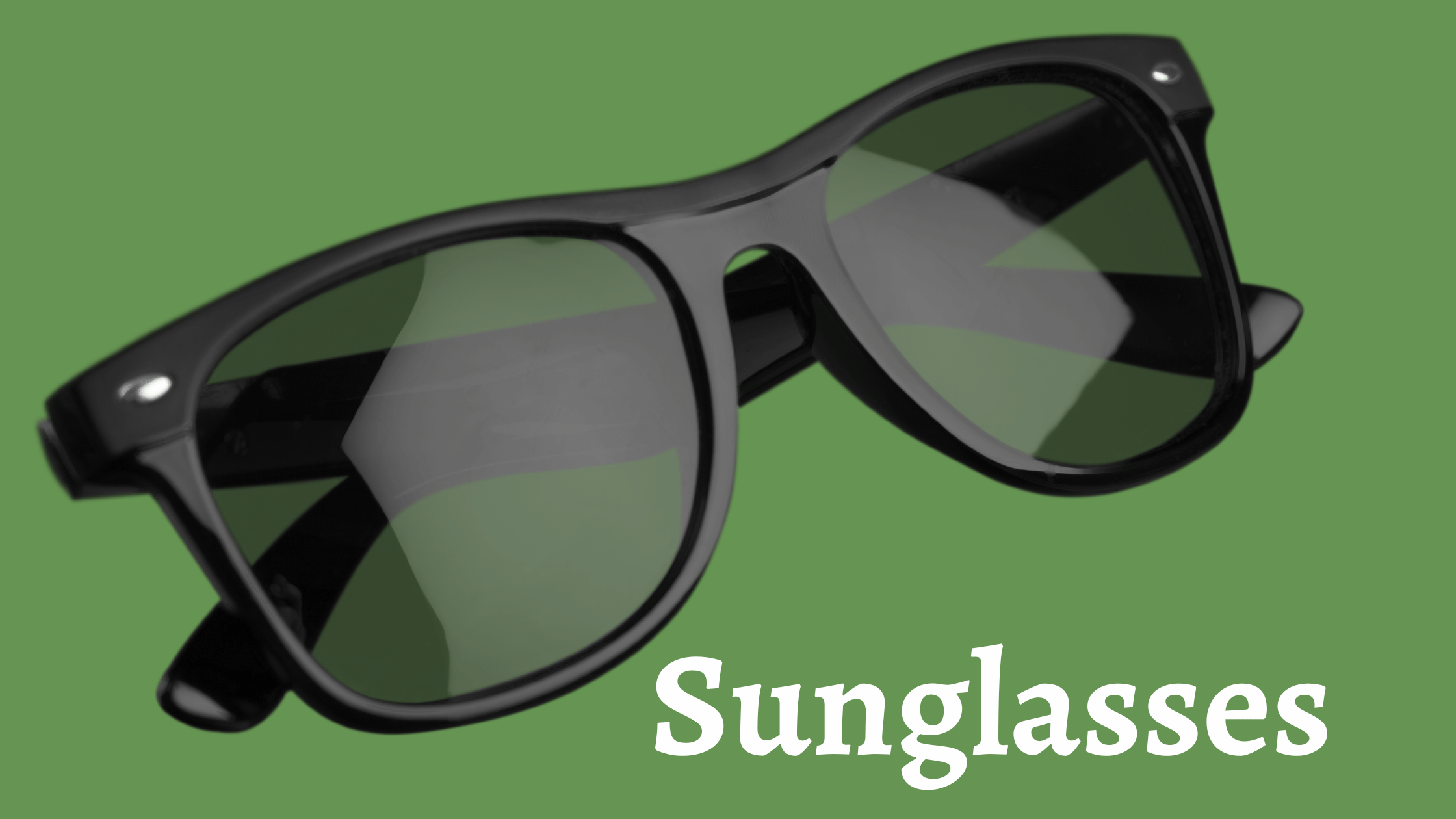
Prescription eyeglasses have long been known for improving vision when things look blurry up close or far away. But did you know that glasses can also make a difference for people with eye diseases? While they can’t cure these conditions, prescription eyeglasses can play a big role in managing the challenges that come with various eye problems. In this article, we’ll explore how prescription eyeglasses can offer assistance in dealing with specific eye diseases.
Prescription Eyeglasses: A Supportive Tool for Eye Disease Management
Although glasses can’t completely eliminate eye diseases, they can improve the quality of life for people grappling with these conditions. Eye diseases can lead to various vision issues, and wearing the right prescription eyeglasses can help address these challenges, ultimately enhancing comfort and visual clarity.
1: Glaucoma
Glaucoma is a progressive eye disease characterized by increased pressure in the eyes that will damage the optic nerve, which results in vision loss. While prescription eyeglasses are not a primary treatment for glaucoma, they can contribute to better visual clarity. Specially designed glasses, such as those with magnification or contrast-enhancing features, can be beneficial for individuals who experience difficulty focusing due to the effects of glaucoma. This prescription eyeglasses aid in daily activities like reading and navigating the world.
2: Macular Degeneration
Age-related macular degeneration is a prevalent cause of vision loss among older adults. Though prescription eyeglasses cannot reverse the effects of AMD, they can assist individuals with advanced stages of the disease. Specifically, bioptic telescopic glasses magnify the central field of vision. This magnification helps users recognize objects and faces better, improving their overall visual perception.
3: Diabetic Retinopathy
Diabetic retinopathy is a complication stemming from diabetes that can harm the blood vessels in the retina, causing vision problems. Tailored prescription eyeglasses with specialized tints and coatings can relieve light sensitivity and enhance contrast perception. These features alleviate discomfort and improve the ability to see more clearly for individuals dealing with diabetic retinopathy.
4: Cataracts
Cataracts cloud the eye’s lens, leading to blurred vision and sensitivity to glare. Prescription eyeglasses with anti-reflective coatings and specific tints can prove advantageous in managing these symptoms. These coatings reduce glare and enhance visual clarity, helping individuals with cataracts see more comfortably. However, surgery remains the primary treatment for those severely impacted by cataracts.
5: Retinitis Pigmentosa
Retinitis pigmentosa is a genetic disorder characterized by gradual vision loss due to the deterioration of the retina’s photoreceptor cells. Tinted prescription eyeglasses can offer relief to individuals with this condition by improving contrast sensitivity and reducing sensitivity to light. Moreover, low vision aids, including magnifying lenses and telescopic glasses, can benefit those in advanced retinitis pigmentosa stages.
Final Thoughts
Prescription eyeglasses may not be able to eradicate eye diseases, but they provide a substantial helping hand. Glasses enhance visual clarity, contrast perception, and overall comfort by addressing specific vision challenges linked to these conditions. Individuals with eye diseases must collaborate closely with eye care professionals to determine the most suitable type of glasses for their unique requirements.